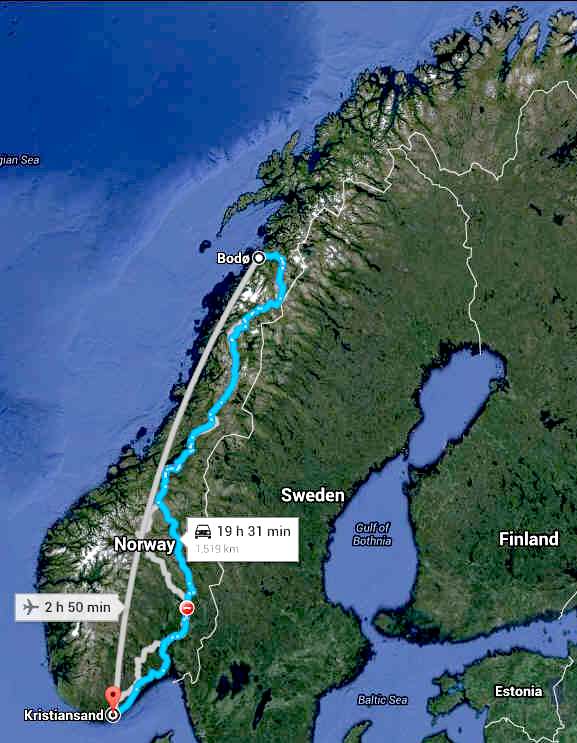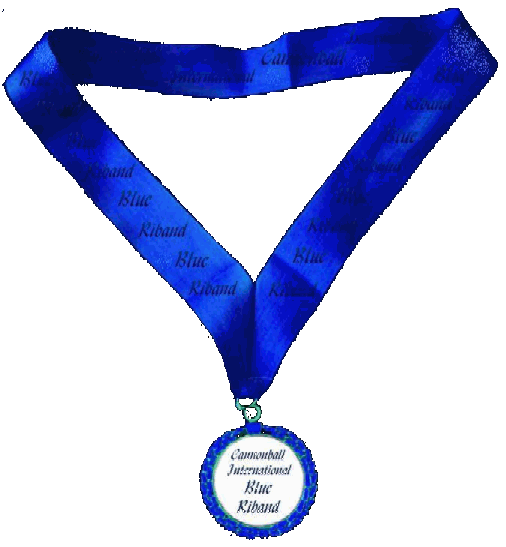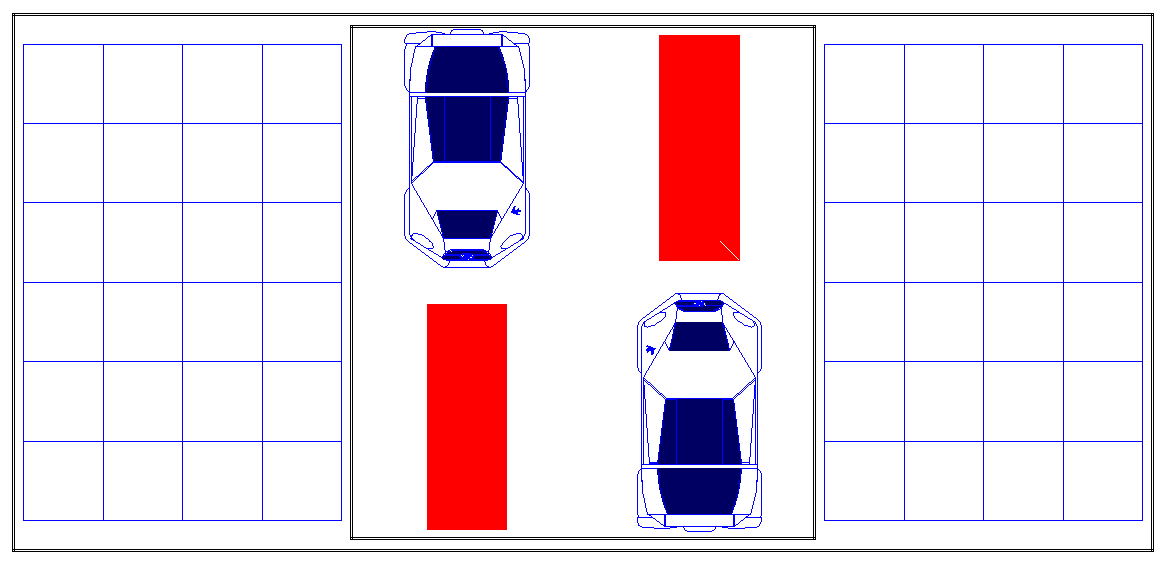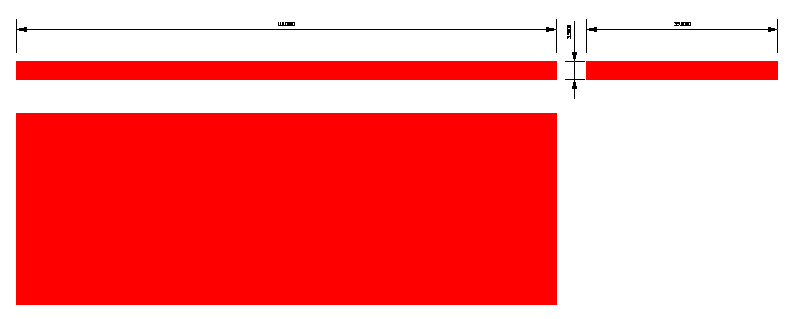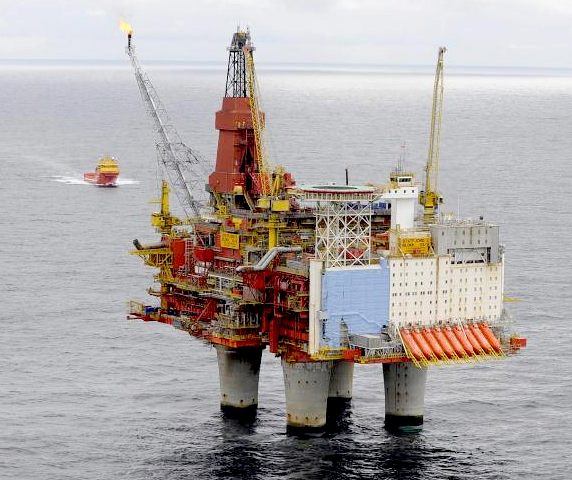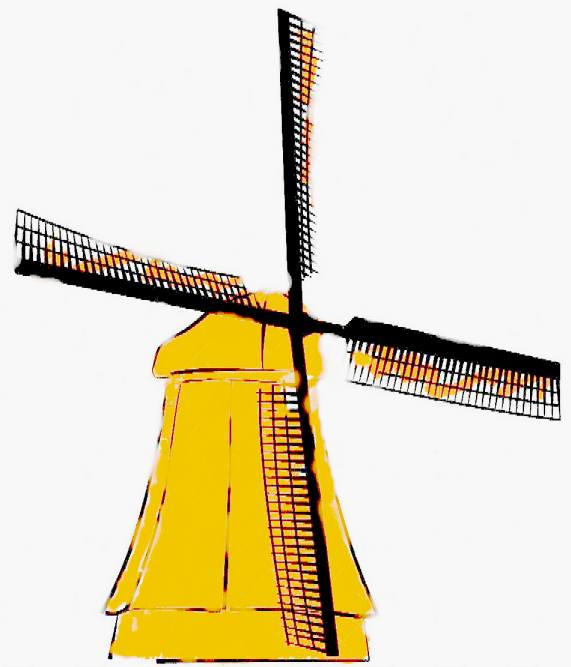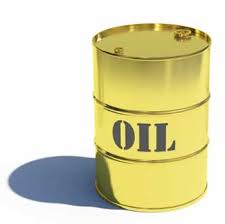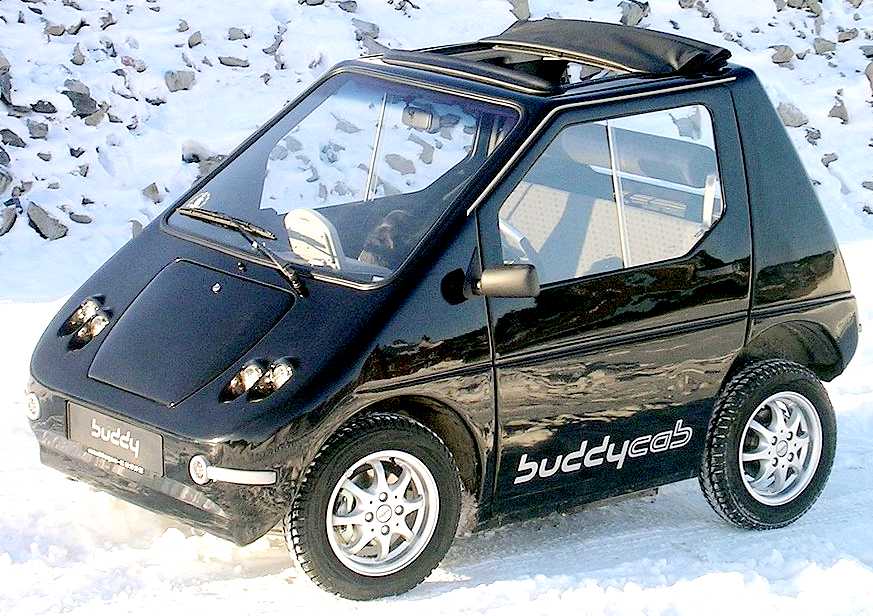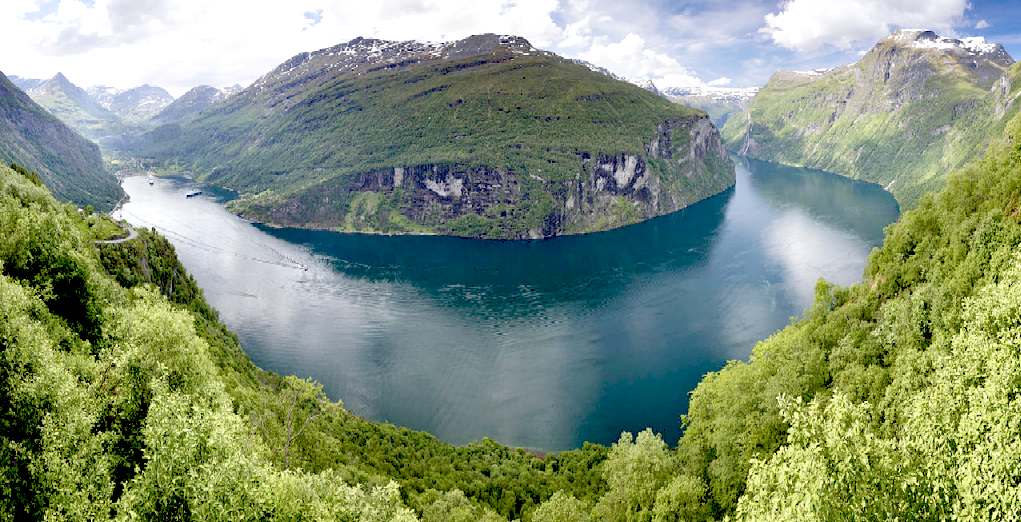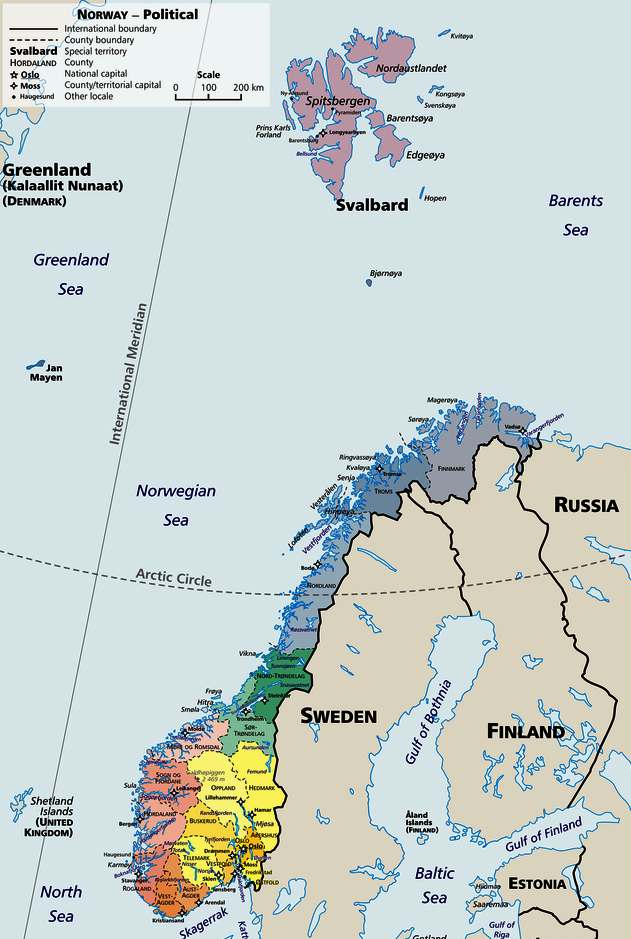|
|
||||||||||||||||||||||||||||||||||||||||||||||||||||||||||||||||||||||||||||||||||||||||||||||||||||||||||||||||||||||||||||||||||||||||||||||||||||||||||||||||||||||||||||||||||||||||||||||||||||||||||||||||||||||||||||
|
Norway is richly endowed with natural resources including petroleum, hydropower, fish, forests, and minerals. Large reserves of petroleum and natural gas were discovered in the 1960s, which led to a boom in the economy. Norway has obtained one of the highest standards of living in the world in part by having a large amount of natural resources compared to the size of the population. In 2011, 28% of state revenues were generated from the petroleum industry.
Cleverly, Norway is not resting on its energy laurels, but has been developing sustainable energy production beginning with hydro generated electricity. In the transport sector the share of renewables has increased from 1.3% to 4% between 2005-2010. Currently Norway has one of the highest numbers of electric cars per capita in the world. This situation could eventually trigger demand for a developed infrastructure - to make better use of sustainable energy for transport, so conserving oil for export and thus extending a secure future with significant reserves for generations to come.
Map of the suggested route for the Norwegian Cannonball Smart Energy ZEV Run. Your route may vary from that shown, for example to take in fast charge locations, so long as the start and finish lines are the same.
CANNONBALL INTERNATIONAL EV SERIES
The Cannonball International EV Run™ series is for battery or hydrogen fuel cell powered electric vehicles that are based on ordinary production vehicle running gear and must be capable of carrying at least one passenger. They may be solar assisted, provided that the solar panel area does not exceed four square meters - a rule that may be relaxed in subsequent years as we learn from experience. See the full Cannonball EV rules HERE. These rules are designed to promote the development of an international EV infrastructure, as a means of accelerating the transition from IC engines to clean electric motors, or other zero emission transportation, especially in countries that do not have abundant sunshine, where support for non-solar assisted electric vehicles is all the more important.
Make sure that you read the EV runners road rules before entering your team. Each person completing a recognized run will receive a Blue Riband eco medal. The competitor with the highest scores overall in any one year will have their name inscribed on the Bluebird World Cup.
BODO to KRISTIANSAND: THE (SUGGESTED) NORWEGIAN CANNONBALL ZEV RUN STOPS @ 50mph AVE
GOOGLE SUGGESTED ROUTE - Driving directions 24 HR target with cartridge exchange and 36 hours with fast charging (This route has tolls)
BODO
-
Norway
OFFICIAL CANNONBALL INTERNATIONAL ZEV ROUTES
EUROSTATION CONCEPT: From the plan and end views of the concept Eurostation for smart cities. The Ecostar DC50 (currently under construction) is shown here to scale to give you some idea of size. The DC50 is 300mm longer than a Smart car and the cartridge shown is actually more suited to the super-minis and hatchbacks that are so popular today. You do not need to get out of an EV being serviced, having entering the tunnel. The mechanism is automated. Solar roofs are advocated by way of harvesting a small percentage of energy from nature to further offset climate change. BMS has an in-house planning consultant with experience of awkward councils and several victories on appeal to the Secretary of State under his belt - admittedly, less applicable in Denmark, where their system is sure to be different.
A Bluebird™ EuroStation is a 3.6MW solar assisted EV service facility containing 60 cartridges on a continuous charge cycle. Five of these stations (18MW) can recharge (refuel) 10 cars a minute in ideal circumstances.
Two conceptual designs for a Universal energy cartridge, both with 8 cubic feet of storage capacity. It is not so much the shape of the cartridge, it is that the loading points are compatible with the car and any eventual service station. The pick-up and contact point details are not shown here due to patent laws prohibiting advance publication. Any shape cartridge may be suitable for a Bluebird™ service forecourt, provided that the basic "Universal" connectors are used. We will release these details once the applicable patent is in the processing pipeline. Patent application is dependent on identifying a demand. An unusual situation, but with only twenty years to recover investment, no sensible IP company (like ourselves) will want to start the clock ticking too soon. One possible solution to that dilemma, is a binding Agreement with potential end users - to, in effect overcome patent law failings. Patent law does not take into account real world commercial considerations and as such is an outdated concept that is extremely expensive. The real reason for applying is to establish inventor-ship in principle. Legally binding agreements between parties is just as effective and longer lasting protection, as is not revealing all the secrets that make a system work.
WORLD ELECTRIC CAR SALES 2013
January 28, 2014
- The Petroleum Safety Authority has resolved to conduct an investigation into a hydrocarbon leak which occurred on the Statfjord C platform in the North Sea, offshore Norway, on 26 January 2014.
An escape of stabilized oil occurred on the Statfjord C platform in the early morning of 26 January 2014. The gas alarm was activated, and personnel mustered at the lifeboats.
Statfjord was discovered by
Mobil in 1974, and Statoil took over the operatorship on 1 January 1987.
The field has been developed with the Statfjord A, B and C production platforms, which all have concrete gravity base structures incorporating storage cells.
EBRD - EUROPEAN BANK for RECONSTRUCTION & DEVELOPMENT
London EC2A 2JN
Switchboard +44 (0) 20 7338 6200 Web: http://www.ebrd.com/
EBRD FINANCING
The principal forms of direct financing that may be provided by the EBRD are loans, equity and guarantees.
Loans are tailored to meet the particular requirements of a project. The credit risk may be taken entirely by the Bank or partly syndicated to the market. Read more
Equity investments may be undertaken in a variety of forms. When the EBRD takes an equity stake, it expects an appropriate return on its investment and will only take a minority position. Read more
Guarantees
are also provided by the Bank to help borrowers gain access to
financing.
Assistance through financial intermediaries - One of the EBRD’s key aims is to support the development of micro, small and medium-sized enterprises (SMEs) which are crucial to nurturing a private sector economy. To do this, we may make equity and loan financing available to SMEs through a range of intermediaries throughout our countries of operations. These intermediaries include banks in which the EBRD has an equity stake or with which it has signed a loan, and investment or venture capital funds in which the EBRD has made an investment. Read more
The EBRD may also provide direct financing and support for SMEs through a number of loan and equity facilities.
EBRD CONTACTS
ABOUT NORWAY
The Kingdom of Norway (Kongeriket Norge in Bokmål and Kongeriket Noreg in Nynorsk), is a Scandinavian unitary constitutional monarchy whose territory comprises the western portion of the Scandinavian Peninsula, Jan Mayen and the Arctic archipelago of Svalbard. The Antarctic Peter I Island and the sub-Antarctic Bouvet Island are dependent territories and thus not considered part of the Kingdom. Norway also lays claim to a section of Antarctica known as Queen Maud Land. Norway has a total area of 385,252 square kilometres (148,747 sq mi) and a population of 5,109,059 people (2014). The country shares a long eastern border with Sweden (1,619 km or 1,006 mi long). Norway is bordered by Finland and Russia to the north-east, and the Skagerrak Strait to the south, with Denmark on the other side. Norway has an extensive coastline, facing the North Atlantic Ocean and the Barents Sea.
Hydroelectricity was a big bonus for Norway, as with any country with the foresight to develop a natural resource.
RENEWABLE ENERGY
The Buddy is a nice city car that is made in Norway
CENTRE FOR RENEWABLE ENERGY
Centre for Renewable Energy (short: SFFE, from Norwegian Senter for fornybar energi) is a virtual research centre owned by Norwegian University of Science and Technology (NTNU), SINTEF, Institute for Energy Technology (IFE) and
University of Oslo (UiO). SFFE was established in 2004, initially as a unifying organ for SINTEF and NTNU. IFE and UiO became co-owners of the Centre in 2005 and 2011, respectively. The goal of SFFE is to increase the quality, efficiency and scope of education, research, development and innovation within renewable energy in Norway. SFFE works to coordinate the available competence and the research and education activities localized at its member institutions.
UNESCO world heritage site: Geirangerfjord, Norway
LINKS & REFERENCE:
Wikipedia Renewable_energy_in_Norway Wikipedia Centre_for_Renewable_Energy http://en.wikipedia.org/wiki/Renewable_energy_in_Norway http://en.wikipedia.org/wiki/Centre_for_Renewable_Energy http://www.offshoreenergytoday.com/psa-looks-into-statfjord-c-oil-leak-norway/ http://www.statoil.com/ http://evworld.com/news.cfm?newsid=29419 http://www.challengebibendum.com/ http://www.challengebibendum.com/eng/Our-approach/our-mission http://eng.mim.dk/ http://www.kebmin.dk/ http://stateofgreen.com/en http://irena.org/ Clean Technica 2014 Electric car sales Norway Denmark Sweden January http://cleantechnica.com/2014/02/12/electric-car-sales-norway-denmark-sweden-january-2014/ Denmark green living impact the energy strategy 2050 on Danish consumers http://www.forbes.com 2014 oil-majors-woes-good-news-for-tesla-and-other-ev-makers http://metro.co.uk 2011 cannonball run remake attracts bids from rival guy ritchie and shawn levy http://en.wikipedia.org/wiki/The_Cannonball_Run New York Times 2014/11/11 Denmark-aims-for-100-percent-renewable-energy http://www.mile-to-km.com/km-to-miles.php http://www.worldsolarchallenge.org/ http://www.endtoenders.co.uk/ https://maps.google.com/ http://www.rideacrossbritain.com/packages/end-to-end/
|
||||||||||||||||||||||||||||||||||||||||||||||||||||||||||||||||||||||||||||||||||||||||||||||||||||||||||||||||||||||||||||||||||||||||||||||||||||||||||||||||||||||||||||||||||||||||||||||||||||||||||||||||||||||||||||
|
This
website is Copyright © 2014 Bluebird Marine Systems
Limited.
The names Bluebird,
Cannonball ZEV™, Ecostar DC50™,
EuroStation™ and the blue
bird in
flight
|
